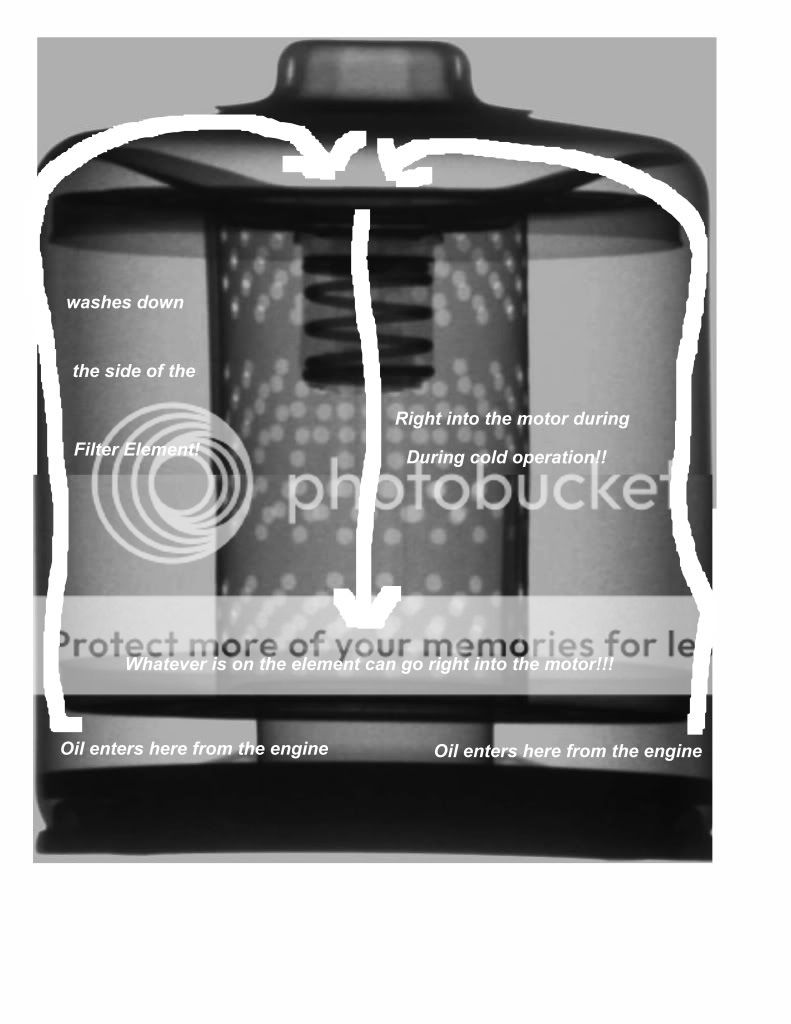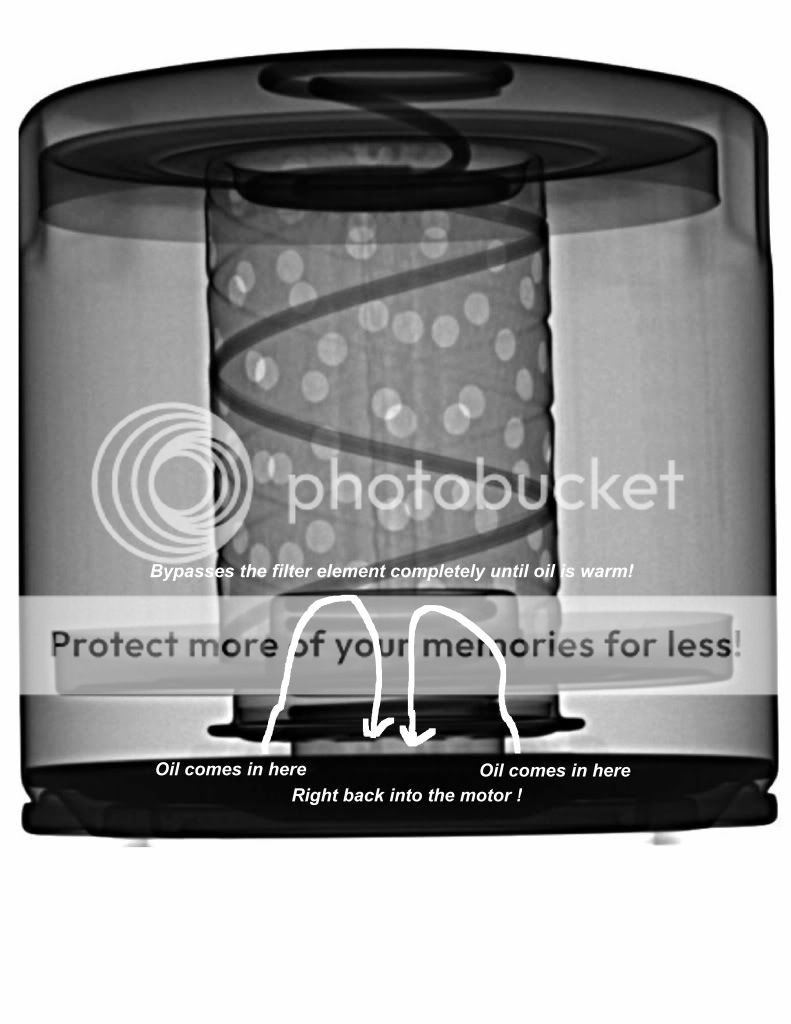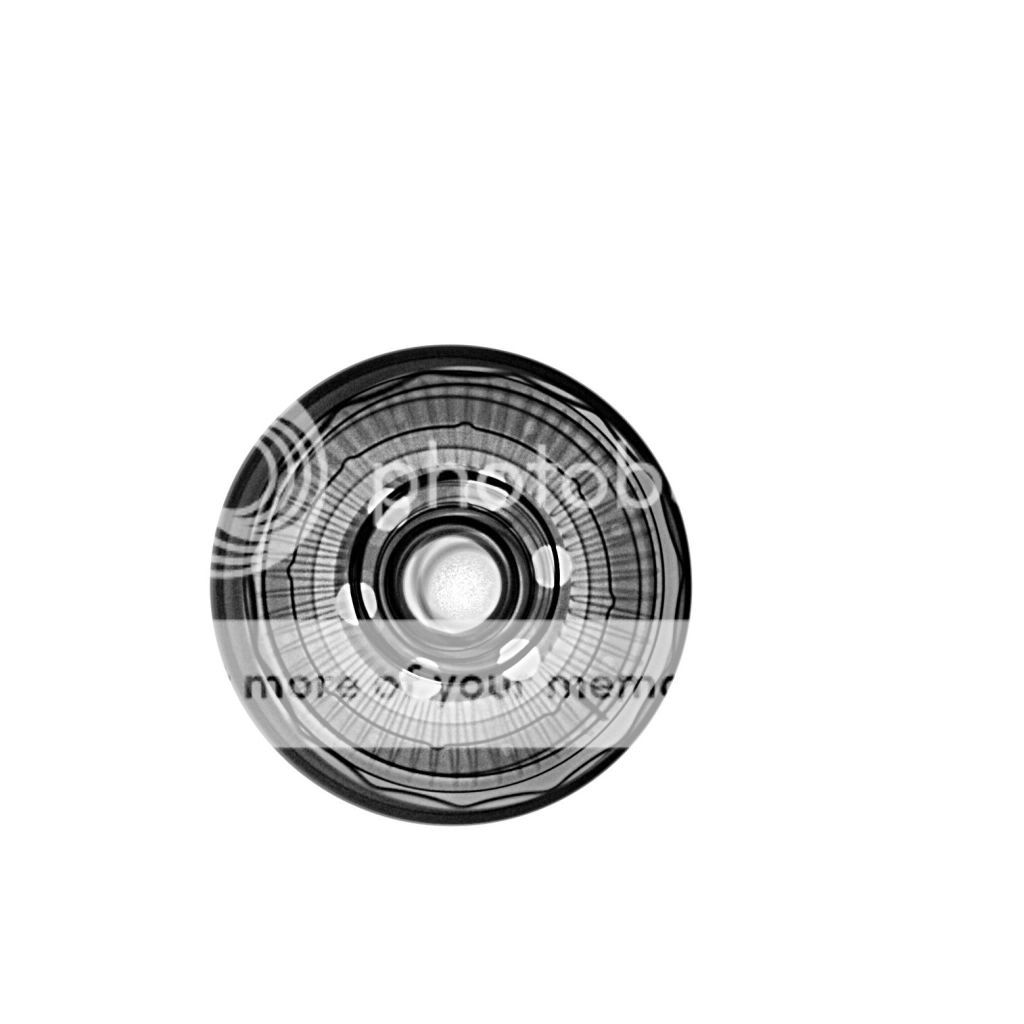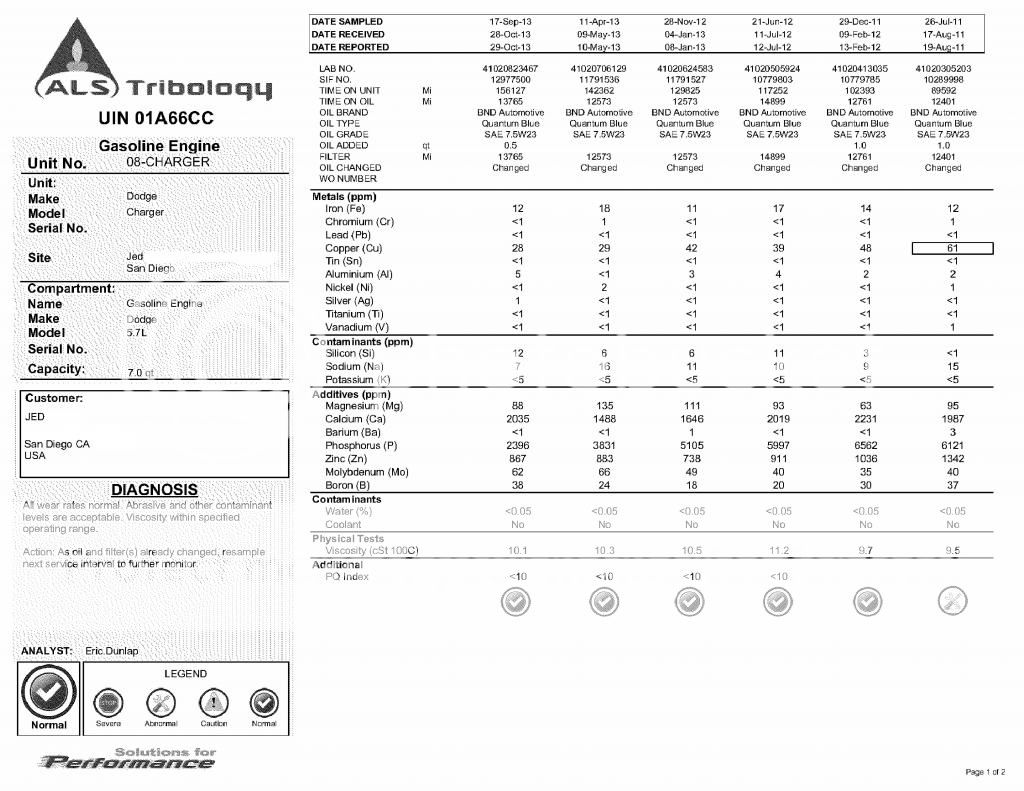Actually, that is a good question. However, you are mixing up the viscosities of the 5.7L MDS Hemi and the 3.6L VVT Polyhemi V6
Maybe this will help.
All oils that are multi-viscosity have additives in them that thin them out and thicken them up depending on temperature.
The wider the viscosity the more viscosity improvers we have to add.
For example:
5w20 5+20 = 25 div by 2 = 12.5 centipoise base oil It then has to thin out to a 5 centipoise (a 7.5 centipoise drop) and then raise from the 12.5 mean to the 20 centipoise (a 7.5 centipoise raise).
A 12.5 centipoise oil is really just too thin! Now a 5w30 is 5 + 30 = 35 div by 2 = 17.5 cP. Again, this is a swing of 12.5 cP from the mean of 17.5.
This is better but still not robust enough. So yes, it would be better on the 5w30.
A 5 weight oil in cP is good to -47 degrees below. Most don't need that low.
The best would be what we prefer to make for a 3.6L VVT DOHC V6 which is an 8.5w32.
So 8.5 + 32 = 40.5 div by 2 = 20.25 cP. Dropping 12.75 cP and raising the same is still better because you are starting out at a higher 20.25 instead of a 17.5 or a real thin 12.5!
Also with the additives we put in the oil, it extends the life to 10-12 k miles instead of 5k. So in the long run, we are better and cheaper. As I said, I just did my wife's 2011 Avenger with 12,748 miles on one change of 8.5w32.
On the 5.7L MDS VVT Eagle, you can get a 7.5w23 or 7.5+23 = 30.5 div 2 = 15.25 cP vs the 12.5. So you are really getting 18% more film strength compared to the 5w20 yet still having a drop of 7.75 cP vs 7.5 cP so pumpability will be the same from a viscometer.
We break it down into individual centipoise or cP instead of accepting a range of 5.60 to 9.29 and still calling it the same weight oil. That is like paying 5.60 dollars for a gallon of gasoline and then paying 9.29 dollars for a gallon of gasoline and calling it the same price......not really.
Bottom line is we can get more film strength in an engine without sacrificing the MDS function or the cam phaser action and still give the engine more cushion and heat carrying capacity than the 5w20. Also, we can build more vapor threshold temperature into it so it won't outgas as much as the 5w20.
Molecule size first, additives second, oxidation stability third, and moisture handling fourth. Take into consideration the modifications that we all want on our cars and you have a need for a custom blend to protect better.
Hope this helps the understanding.:bigthumb:
Regards,
Brian
BND Automotive LLC:driving:
440-821-9040
www.bndautomotive.com








